Driven by the two major new visual changes, 5G+8K and 5G+AR/VR, the ultra-high-definition display industry has ushered in a new round of development opportunities, and at the same time put forward new requirements for display technology. Applied to scenes such as sports events, film and television entertainment, remote teaching, remote medical treatment, intelligent transportation, and data center displays in the 5G era, new Fhd Led Screen and ultra-high-end high-end displays usher in rapid growth.
New Fhd Led Screen ushers in new opportunities
New LED displays are facing new development opportunities and market opportunities. In 2020, China’s Fhd Led Screen application industry will make steady progress. New investments in the Mini/Micro LED field have achieved significant growth compared to 2019.
According to the data of DISCIEN, in 2020, China’s LED small-pitch market shipments will increase significantly. The annual sales of LED small-pitch products will increase by 11%, and the sales volume will increase by 37.3%. From the perspective of industry applications, nearly 80% of the market share of small-pitch LEDs is concentrated in the industry where the public sector is located. The top three industries for market share are government departments, public security, public security, and transportation, accounting for 49.1%. Outdoor large-screen display markets such as transparent screens, Grid screens, naked-eye 3D screens, etc. are becoming more and more diversified; the commercial display market welcomes many online market demands such as distance education and online office, and the Fhd Led Screen industry has thus obtained new market opportunities.
In terms of pixel pitch, small pitch and ultra-small pitch are the mainstream development directions of LED displays. According to the data of DISCIEN, in 2020, P1.1-1.4 pitch products occupied first place in the sales volume and sales market of small-pitch LED display products and accounted for 27.2% of the small-pitch LED display product market. Among them, P1.2 is the main one. The ultra-fine pitch (point pitch ≤ P1.1) products have the greatest growth momentum in the future due to the low base at present.
Take the COB package-based Micro Fhd Led Screen ultra-high-definition display as an example. It can be seamlessly spliced, has high protection, high reliability, ultra-high-definition display with an immersive experience, long life, low energy consumption, convenient installation and disassembly, and maintenance cost Low, making it gain prospects in professional display fields such as security, emergency, and transportation, commercial display fields such as radio and television media, corporate conferences, exhibitions, and civilian display fields such as home TV and private theaters. In the future, with the blessing of 5G technology, it is expected that many collaborative business scenarios will continue to emerge in the dedicated display field, helping relevant units to realize data visualization and management intelligence.
In addition to professional displays, ultra-high-definition displays based on COB technology are also entering the home. For 8K ultra-high-definition video to enter the home, a screen with a capacity of 100 inches to 180 inches is a necessary equipment condition, because from the physiological characteristics of the human eye and the viewing distance, the display screen below 100 inches is too small and the viewing distance is too short. Come to experience the immersive experience and take advantage of the ultra-high definition of 8K video. There are many technologies to achieve ultra-large ultra-high-definition displays of more than 100 inches because Micro LED has the advantages of self-luminescence, high contrast, wide color gamut, long life, faster response time, unlimited size expansion, and ultra-high pixel density. COB-based Micro LED display technology is the first choice for 8K ultra-high-definition displays.
In addition to the performance of the ultra-high-definition display based on COB technology to bring 8K experience to home users, its cost potential is also a major factor that cannot be ignored in determining whether it can enter the home market in the future. Based on COB’s own technical architecture, there are several feasible cost reduction directions: LED chips, COB substrates, LED drive technology, Fhd Led Screen control technology, Micro LED pixel engine technology, and high-yield production process.
Integrated innovation will become an important direction
With a huge industrial base, a systematic supply chain system, continuously optimized performance, and declining costs, LCD will still be extremely competitive in the large-size panel market; AMOLED is in a period of rapid development and will occupy a larger market share. The rapid development of new technologies such as Fhd Led Screen, laser display, electronic paper, etc. occupies a place in market segments.
Specifically, in the TFT-LCD field, the mass production capacity of low-temperature polysilicon, oxides, and other products has been continuously improved. The development of new technologies such as overlapping screens, under-screen fingerprints, and dynamic backlights has further enhanced my country’s dominant position in the TFT-LCD field. In the AMOLED field, domestic enterprise products have gradually been recognized by brand companies, and shipments have increased rapidly. Technological innovations such as folding screens, transparent screens, and under-screen cameras have achieved fruitful results.
Ouyang Zhongcan, the academician of the Chinese Academy of Sciences, said in his speech that the display industry in mainland China has formed an oligarchic competition pattern. The total TFT production capacity (LCD+AMOLED) in mainland China is expected to be approximately 180 million square meters in 2020 and approximately 320 million square meters in 2025.
In emerging technology fields such as Micro LED, Mini LED, Micro OLED, and electronic paper, domestic companies have actively carried out preliminary research and development and industrialization exploration through cooperation, mergers, and acquisitions. Academician Zheng Youxun of the Chinese Academy of Sciences said that the application of Micro LED ultra-small size microdisplays in consumer products and the high-end and high-end applications of ultra-large size displays are expected to reshape the new pattern of optoelectronic display technology. In the future, in the field of large screens, cost-competitive printed OLEDs will replace part of the market for high-end liquid crystal products, with breakthroughs in performance.
At present, a variety of technology routes are advancing side by side, and integrated innovation characterized by cross-integration will become an important direction. 5G+8K, Mini LED+LCD, and sensing+OLED are receiving more attention.
AIoT and 5G will lead the development of smart retail, smart transportation, smart entertainment, and education, and will promote the vigorous development of outdoor display screens, electronic whiteboards, key digital cockpit display technologies, and art gallery display technologies in various fields.
As the core part of information interaction, the display has played an important role in breaking the physical barrier caused by the epidemic and facilitating the digital transformation of all walks of life. Ultra-high-definition display has greatly improved people’s information interaction experience, and promoted more IoT application scenarios, thereby creating more value.
The penetration rate of high-end displays accelerates
In the past two years, the penetration rate of high-end displays has increased rapidly, and young consumers have an increasingly strong demand for e-sports and smooth movie viewing. High refresh rate products are a better solution that can greatly improve user experience. In addition, the diversified design of display products can not only bring a sense of vision but also a visually immersive experience. For example, a large-size borderless TV brings cinema-level viewing to the home. In the future, when the display achieves breakthroughs in transparency and flexibility, it will greatly expand the display application space. Transparent display products can be applied to commercial retail windows, theaters, hotels, etc.
Content presentation is flexible and diverse, and the demand for customized displays continues to rise. From the perspective of future content requirements and application scenarios, there are more and more flexible and diverse display applications such as games, short videos, in-vehicles, and medical care. Content requirements drive the demand for the whole machine, and the demand for the whole machine promotes the demand for display devices. Therefore, high contrast, high resolution, high refresh rate, low power consumption, flexibility and profile, 3D, etc., have all become future display requirements.
At present, most screens still transmit information in one direction, which cannot satisfy the user’s desire for more communication and interaction with the system behind the screen. But in the future, there will be more and more interactive screens, more convenient and smarter, from the space laser interaction displayed in the meeting, the touch of various office equipment, and the voice interaction of mobile phones to image fingerprints, screen interaction solutions The solutions are all trying to solve the user’s pain points from a more humane angle and make communication full of infinite possibilities.
New directions for next-generation display technologies continue to emerge. The direction of next-generation displays based on printed displays, laser displays, and Micro LED displays is gradually becoming clear. Transformative technologies such as light field displays and laser holographic displays will promote the development of three-dimensional displays. The world is in the industry. R&D stage before chemical application.
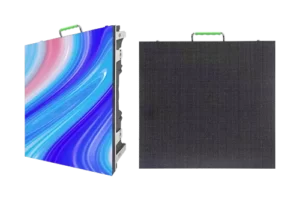


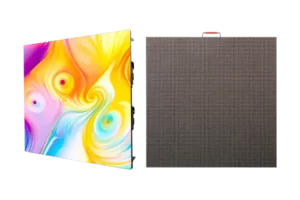
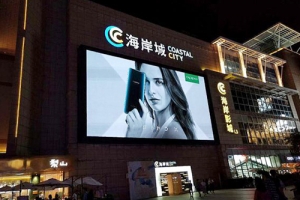


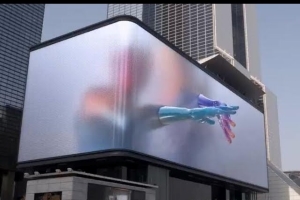
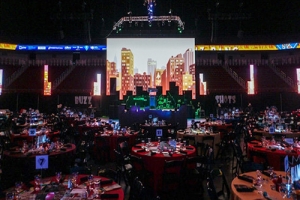

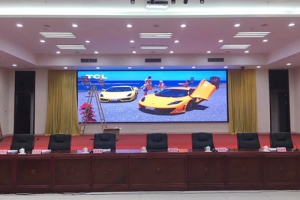
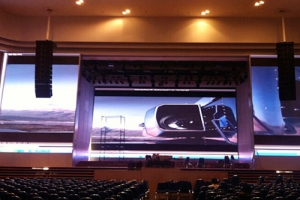
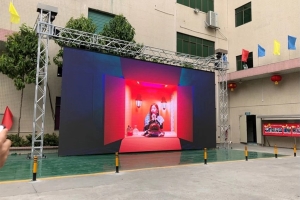
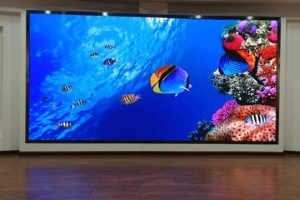
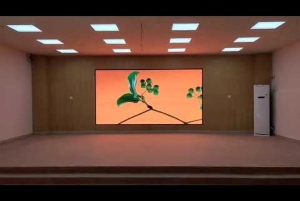
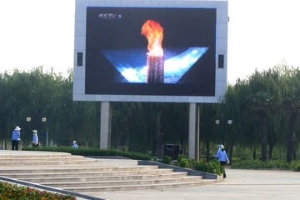





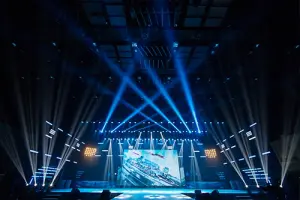
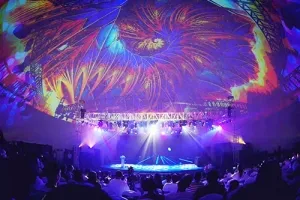

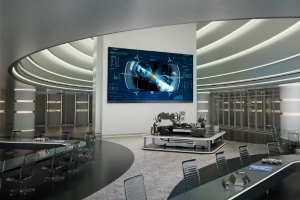



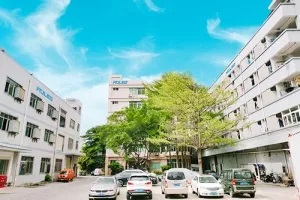


 Language
Language 




